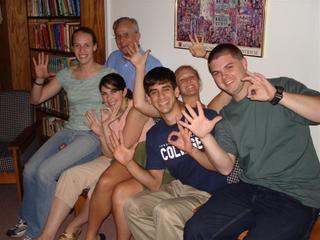Scholarship Profile - Karen (by Todd)
Story #2:
Karen is 14 years old. She graduated from elementary school at age 12, but couldn’t go to secondary school last year because she got sick, and for financial reasons. This year, she will be going because our scholarship fund has committed to pay for her three years of secondary school.
Karen’s father died 8 years ago. She lives with her single mother, Euphemia, who is still raising 3 of her 8 kids. Euphemia is also raising four grandkids – that’s seven children and one single mother.
Euphemia – the mother – is the midwife for the small town of Los Izotes. She wanted to be a nurse, but was never able to afford the education. Karen wants to be a nurse just like her mom did. Before I told her about the scholarship, Karen had a plan to become one. She would study for two years as a seamstress, which she could do very cheaply. Then she’d work for a while until she raised enough money to pay for secondary school. Then, probably more work to get the money to pay for training as a nurse.
As it is, we’ve saved Karen at least three years and made the possibility of her becoming a nurse much more real. Besides the fact that it is wonderful to enable a child’s education, I am thrilled because little towns like Los Izotes need nurses. It’s an hour walking to the nearest nurse for the people of Los Izotes. A whole day to get to a doctor. They need better health care. And it’s my hope that in accepting Karen, we’ve not only helped her, we’ve helped a whole town that she might some day serve.
Make a Donation to the scholarship fund.

